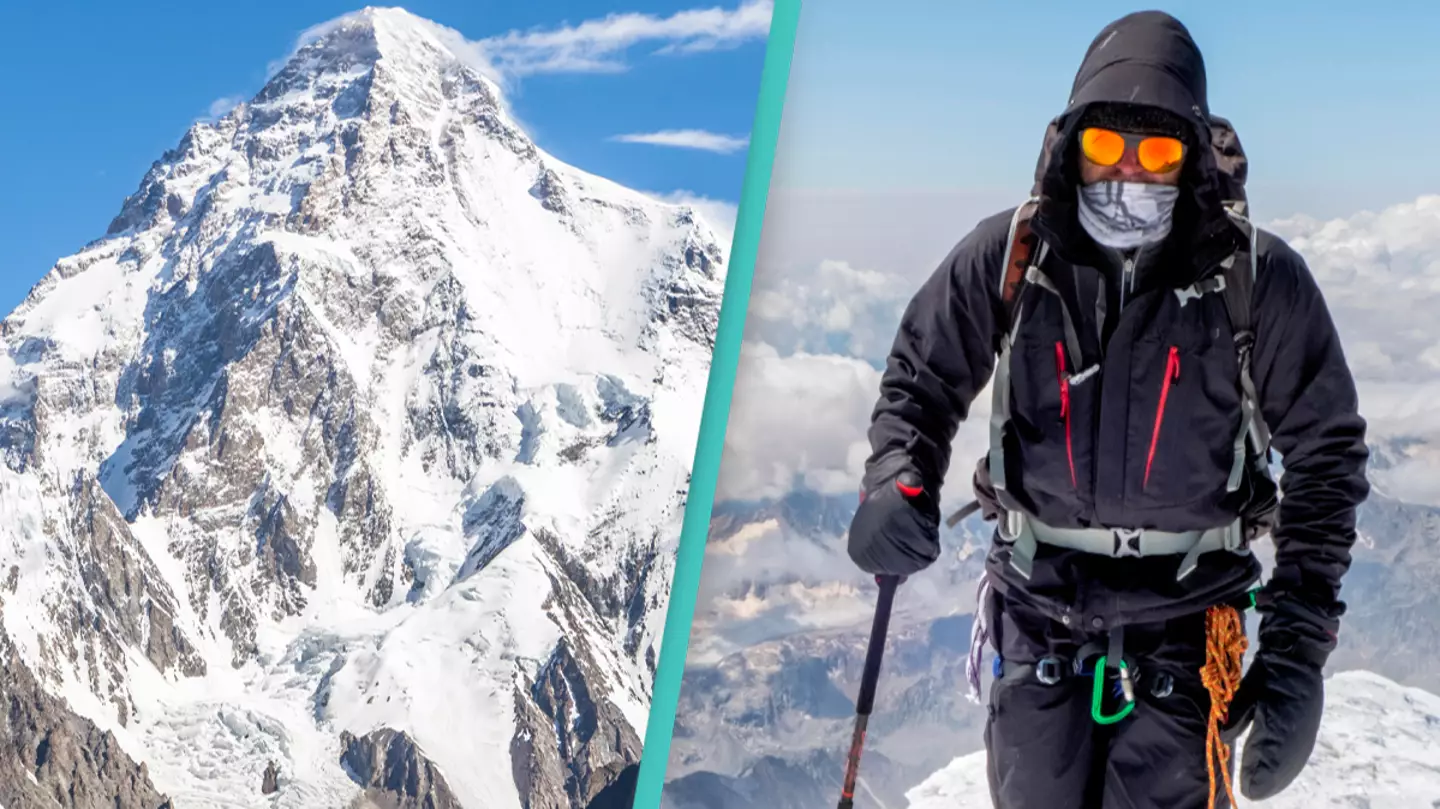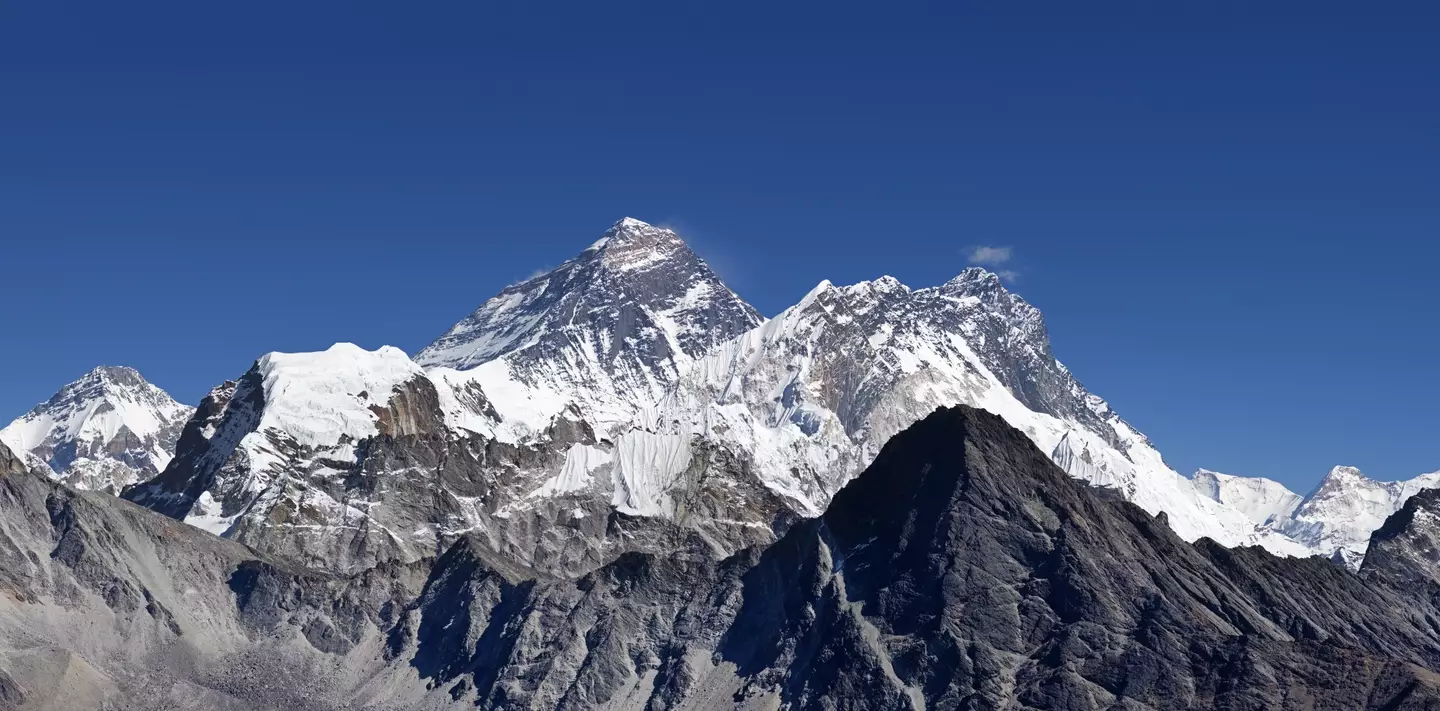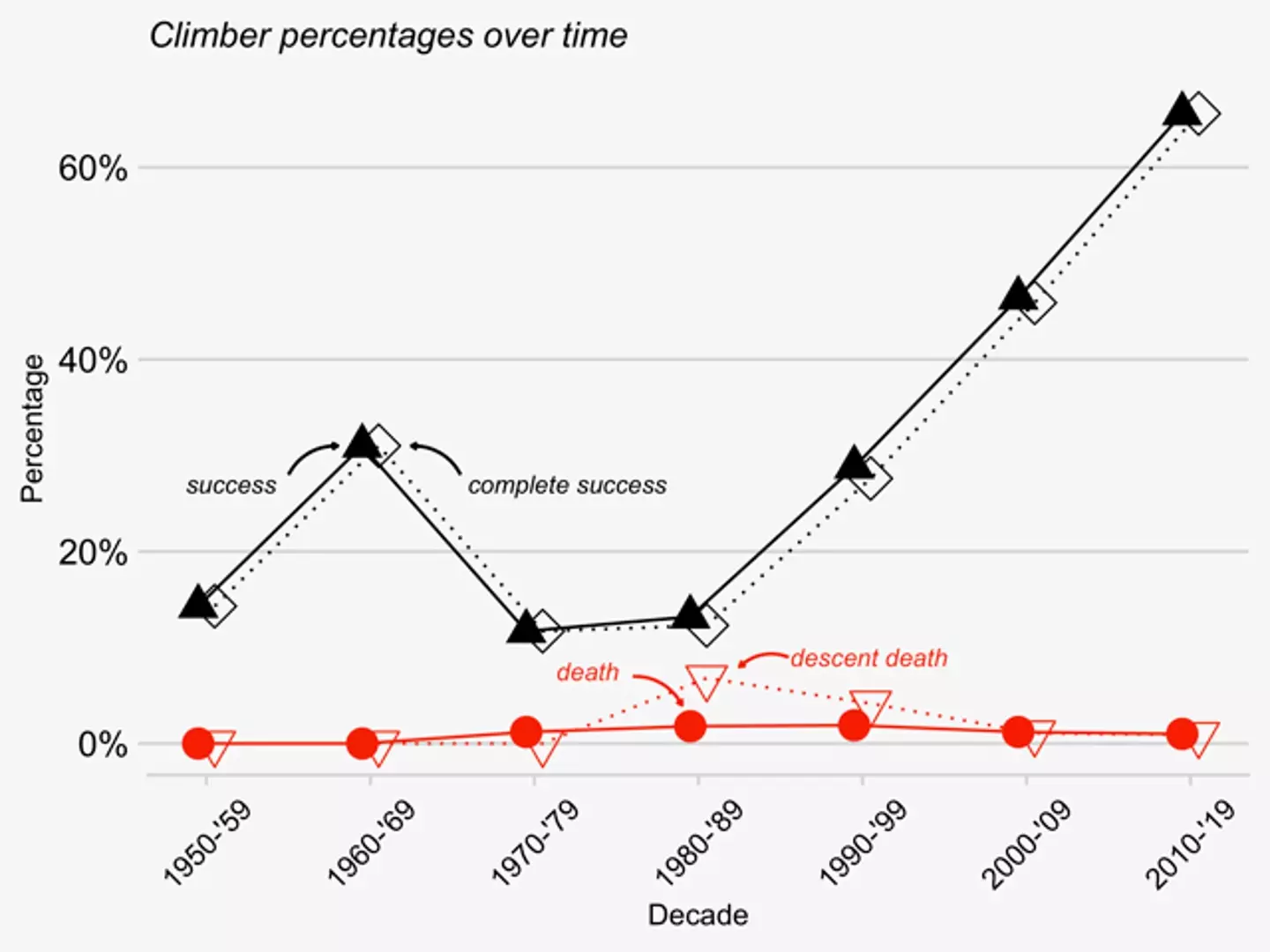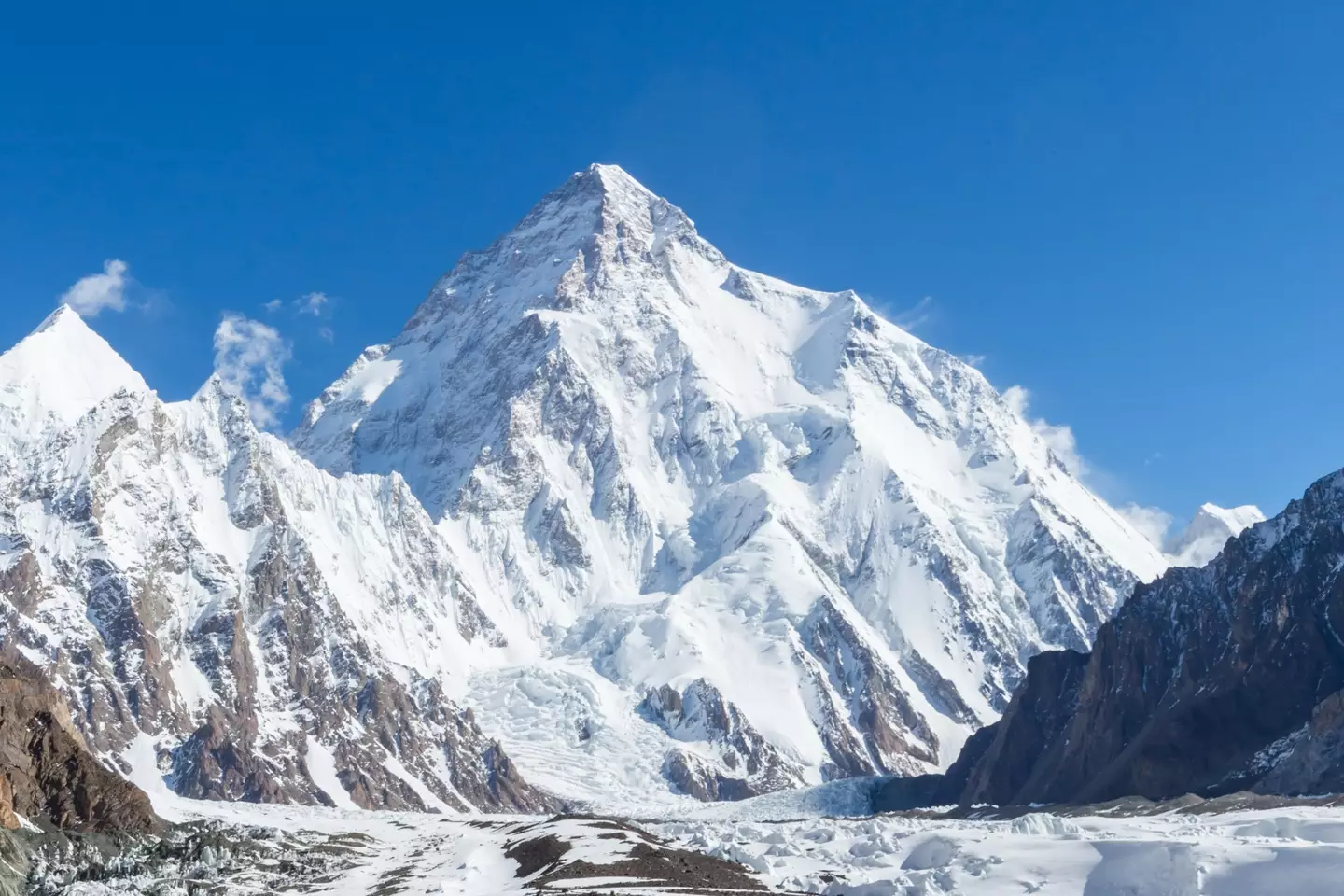
Mount Everest has long held the accolade of being the Earth's highest mountain above sea level and, with such a title, many have believed it to be the deadliest.
However, another mountain remains far more dangerous with an astonishing 25 percent death rate.
Standing at roughly 29,032 ft in the Himalayas, Mount Everest has long-been assumed to be the deadliest mountain in the world.
With over 300 deaths, a constant stream of avid climbers and some very extreme weather conditions - it's no wonder that such a mountain has generated headlines for decades.
The highest point of the peak is often referred to as the 'death zone' due to the heightened risk of climbing upwards of 26,000 ft where the lack of oxygen alone puts a severe amount of pressure on the body.
Advert
Roughly 200 dead bodies remain at the top of Mount Everest due to the risks attached in attempting to recover them.
However, according to a study led by the University of Washington, "the success rate of summiting Mount Everest has doubled in the last three decades, even though the number of climbers has greatly increased."

The study adds: "The death rate for climbers has hovered unchanged at around 1 percent since 1990."
Advert
Following a tragic incident in 2019, when 11 climbers died trying to reach the summit, the Nepalese government brought in new rules and legislation regarding Mount Everest.
These rules required climbers to undergo more training and experience before attempting the climb with a heavy focus on ensuring there is no overcrowding on a route.
Newsweek reports: "In August 2019, the Nepalese government ruled that climbers who wanted to tackle Everest must now have climbed at least one Nepalese peak of more than 21,325 feet (6,500 meters) before getting a permit.

Advert
"They must also be accompanied by a trained Nepalese guide, and submit a certificate proving they are in good health and have good physical fitness."
While it may not be the tallest, the second-tallest mountain in the world tops out at a still massive 28,251 ft in Pakistan, only 781 ft shorter than Everest.
Known as K2, the mountain is infamous for its perilous weather and relentless avalanches.
Nicknamed the 'Savage Mountain', K2 is located in the Karakoram range and appears to be much harder to reach the top than Everest.
Advert

According to Business Insider, less people managed to reach the top of K2 in over one-hundred years those who reached the peak of Mount Everest in just a single year.
In comparison to Mount Everest's 1% death rate, K2 holds a staggering 25% death rate according to NASA.
That means approximately one person dies on the mountain for every four who reach the summit compared to one every hundred climbers on Everest - making it the far more deadly mountain of the two.